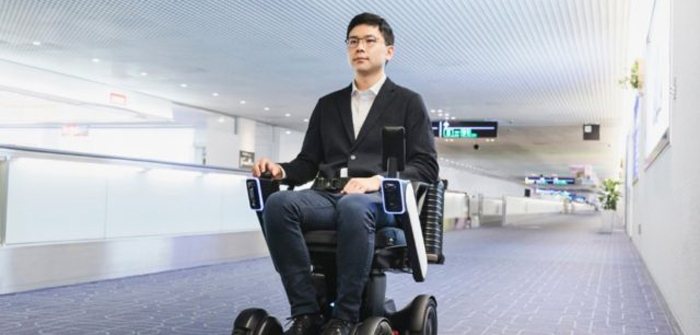Tokyo Haneda International Airport is set to become the first in the world to utilize an autonomous mobility service for reduced mobility passengers. It is due to deploy autonomous mobility wheelchairs from Japanese supplier WHILL, with their introduction accelerated by the demands of the current Covid-19 pandemic.
The devices utilize a combination of proximity sensors and automatic brakes to help guide passengers through the airport’s terminals. The company has conducted multiple trials of its autonomous drive system since 2019 in an effort to work toward establishing a seamless transportation experience for passengers at airports.
These trials have been run at various airports, including Dallas/Fort Worth International Airport and John F Kennedy International Airport (USA), Abu Dhabi International Airport (UAE), Winnipeg International Airport (Canada) and more, in an effort to steadily improve its accuracy, usability and compatibility. In total 11 trials have been completed, with nearly 400 passengers and airport officials using the system. However, the Haneda contract marks the first fully operational deployment of the technology.
According to Satoshi Sugi, CEO of WHILL, this is just the start of a revolution within airports: “In the With Corona era, we believe services that support mobility while maintaining social distancing will accelerate to replace human labor with robots and autonomous driving technologies.”
For the airport’s operators, the goal of the autonomous driving system is to reduce the risk of spreading infection through contact between wheelchair service staff and passengers at close range, and helping to optimize the current passengers with reduced mobility (PRM) service operation.

